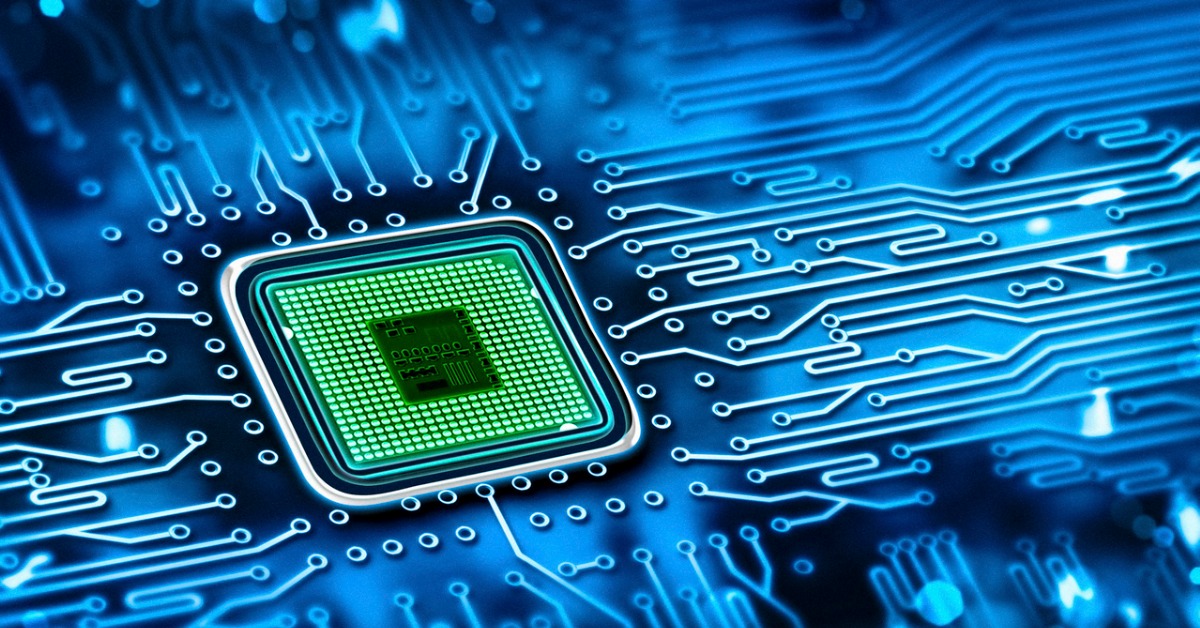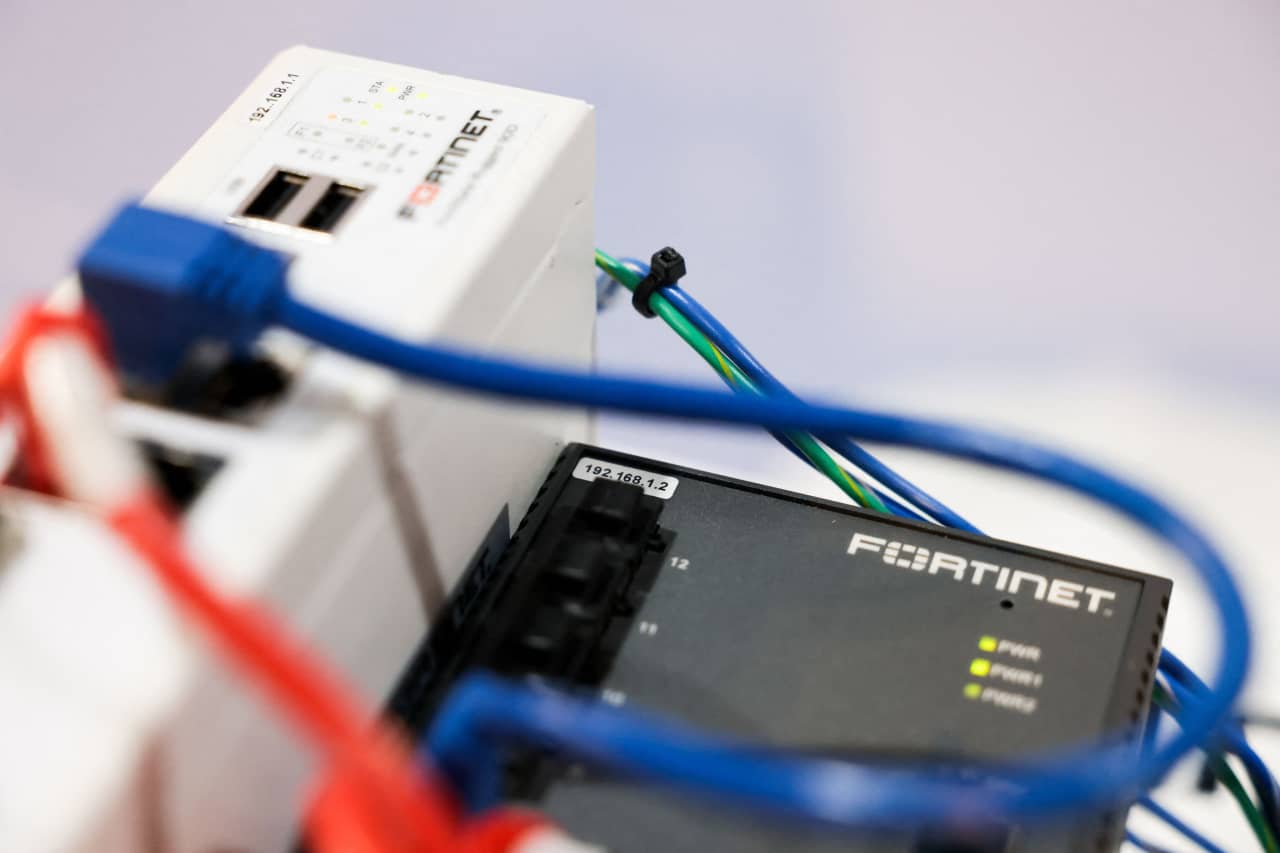Intel’s AI Ambition: Strategic Shift Towards Personal Data Storage Solutions

Intel Corporation (INTC)The semiconductor world giant is navigating a transformational period that will revolutionize its corporate culture and product development. Traditionally, Intel’s core products have been microprocessors that serve as the brains of desktop PCs, laptops, tablets, and servers. These processors are silicon wafers embedded with millions or billions of transistors, each of which acts as a binary switch that forms the basic ‘1s and 0s’ of a computer’s operation.
Today, the thirst for increased processing power is endless. The need for powerful computing capabilities is growing exponentially as artificial intelligence (AI) proliferates, making it essential to business operations across nearly every sector. AI, especially neural networks, require enormous computing power and advance through the joint efforts of multiple computing systems. The scope of these AI applications extends far beyond the PCs and servers that initially established INTC as an industry leader.
Rapid advances in AI are forcing Intel to rethink and innovate chip design and functionality. As a result, the company is developing new software and designing interoperable chips while seeking external partnerships to accelerate its adaptation to the evolving computing environment.
Strategic focus toward AI ecosystem
INTC unveiled the following products at Computex 2024: A series of groundbreaking AI-related presentations, showcases the latest technologies that combine cutting-edge performance and power efficiency, especially for AI in data centers and personal computers. The company aims to make AI cheaper and more accessible to everyone.
“The magic of silicon will once again enable exponential advances in computing, pushing the boundaries of human potential and powering the global economy for years to come,” said Pat Gelsinger, Intel CEO. I emphasized that it was there.
In just six months, Intel has accomplished a lot – from launching the 5th Generation Intel® Xeon® processors to launching the pioneering Xeon 6 Series. The company also previewed the Gaudi AI accelerator, which provides cost-effective GenAI training and inference systems to enterprise customers. Additionally, Intel has been leading the AI PC revolution by integrating Intel® Core™ Ultra processors into more than 8 million devices, teasing an upcoming client architecture scheduled to launch later this year.
This progress highlights Intel’s commitment to accelerating execution and driving innovation at an unprecedented pace to democratize AI and propel the industry.
Strategic pricing and availability of Gaudi AI accelerators
Intel plans to launch its third-generation Gaudi AI accelerator later this year, with the goal of clearing an estimated $2 billion backlog related to AI chips. However, the company expects Gaudi 3 sales to be limited to about $500 million in 2024 due to supply constraints.
To expand the availability of Gaudi 3 systems, Intel is expanding its network of system providers. The company is currently working with existing partners such as Asus, Foxconn, Gigabyte, Inventec, Quanta, and Wistron. Dell Technologies (DELL), Hewlett Packard Enterprise (HPE), Lenovo Group (LNVGY)and Super Microcomputer (SMCI)We ensure widespread availability of the Gaudi 3 system once it hits the market.
But what caught the attention of Intel’s announcement was the company’s attractive pricing strategy. A kit with eight Gaudi 2 AI chips and a universal baseboard costs $65,000, while a version with eight Gaudi 3 AI chips costs $125,000. These prices are estimated to be one-third and two-thirds of the cost of similar competing platforms, respectively.
While undercutting NVIDIA Corporation (NVDA) For the price, INTC expects its chips to deliver impressive performance. According to their estimates, a cluster of 8,192 Gaudi 3 chips can train AI models up to 40% faster than NVDA’s H100 chips. Gaudi 3 also delivers up to twice the AI inference performance of H100 when running popular large language models (LLMs).
Intel continues to introduce more than 500 models optimized for Core Ultra processors.
Last May, INTC announced the following: 500+ AI models Now runs optimized for the new Intel® Core™ Ultra processors. Known for its advanced AI features, immersive graphics, and optimal battery life, this processor marks a significant milestone in Intel’s efforts to transform AI PCs.
These achievements come from Intel’s investments in client AI, framework optimization, and tools such as the OpenVINO™ toolkit. More than 500 AI models address a variety of applications, including large-scale language models, ultra-high resolution, object detection, and computer vision, and are available on popular industry platforms.
Intel Core Ultra processors are the fastest-growing AI PC processor and the most powerful platform for AI PC development. Supports a wide range of AI models, frameworks, and runtimes, making it ideal for AI-enhanced software features such as object removal and image ultra-resolution. This milestone highlights Intel’s commitment to advancing AI PC technology and providing users with a broad range of AI-based features for an enhanced computing experience.
Strong financial performance and outlook
Driven by robust innovation across its client, edge and data center portfolio, the company delivered strong financial performance, driving double-digit revenue growth in its product segments. Total Intel product sales reached $11.9 billion. First quarter As of 2024 (ending March 30), there is a 17% increase compared to the same period last year. Client Computing Group (CCG) revenue increased 31% year over year.
INTC’s net revenue increased 8.6% year over year to $12.72 billion, primarily driven by growth in its personal computing, data center and AI businesses. Revenues from Intel’s Data Center and AI (DCAI) division, which provides server chips, rose 5% to $3.04 billion.
The company also reported a non-GAAP operating profit of $723 million, compared to an operating loss of $294 million in the year-ago quarter. Additionally, non-GAAP net income and non-GAAP earnings per share were $759 million and $0.18, compared to net loss and loss per share of $169 million and $0.04, respectively, in the same quarter last year.
Intel expects second-quarter revenue to be in the range of $12.5 billion to $13.5 billion, with non-GAAP earnings per share of $0.10.
conclusion
Despite significant innovation and strong financial performance, INTC’s stock price has fallen nearly 40% since the beginning of the year and more than 3% over the past 12 months. However, with more than 5 million AI PCs shipped, supported by more than 100 software vendors, since the launch of Intel Core Ultra processors in December 2023, the company expects to exceed its forecast of 40 million AI PCs by the end of 2024. .
As demand for AI chips grows, INTC could see significant growth in Gaudi chip sales next year as customers look for cost-effective alternatives to NVDA’s market-leading products. Moreover, if Intel’s reasonable prices resonate with potential customers, the company could capture significant market share from its competitors.



